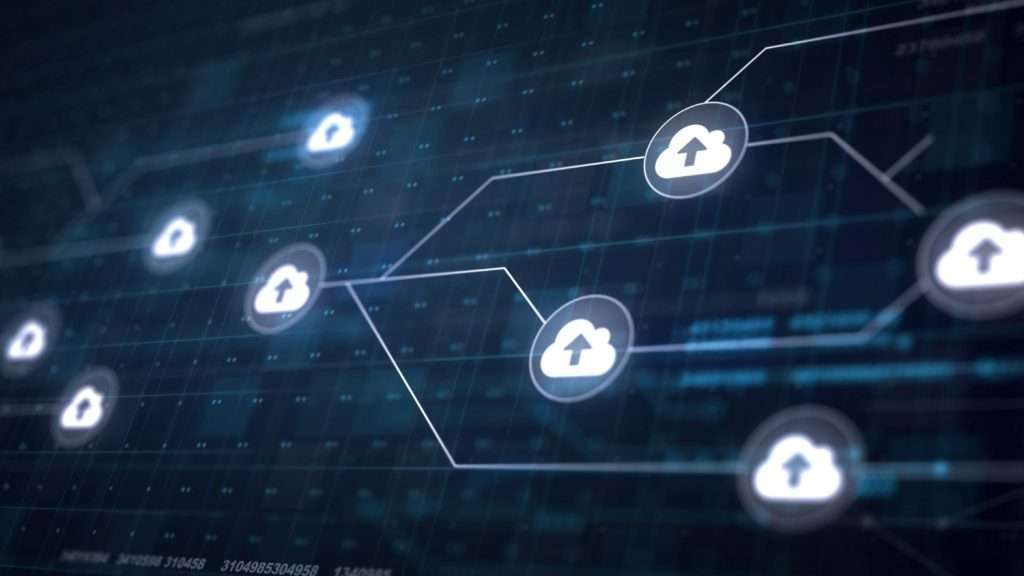Remote work has blossomed and with it, the need for secure practices is paramount. Various types of software are pivotal in safeguarding remote work environments.
They include antivirus and anti-malware solutions, virtual private networks (VPNs), multi-factor authentication (MFA) systems, secure file-sharing platforms, and endpoint protection tools.
These technologies form a multi-layered defense strategy to protect sensitive data and maintain business continuity.
What are the benefits of using VPNs for remote work security?
VPNs create a secure tunnel between a remote worker’s device and the company’s network, ensuring the privacy and integrity of data in transit.
By masking IP addresses, VPNs keep location data and user identities hidden from potential attackers. This is especially important when employees access the network from unsecured public Wi-Fi where intercepting data is relatively easier for cybercriminals.
Additionally, VPNs can enforce security policies, such as geo-restrictions and access controls. This adds another layer of security by restricting access to company resources based on user privileges and locations, preventing unauthorized access and potential internal threats.
How can Multi-Factor Authentication reduce cybersecurity risks?
Multi-factor authentication requires users to present multiple pieces of evidence before gaining access to an account or system, greatly minimizing the risk of unauthorized access.
Even if a password is compromised, MFA ensures that an additional layer of security, like a temporary code sent to a user’s phone or biometric verification, is in place to protect the account.
Implementing MFA is one of the most cost-effective security measures, with the potential to prevent over 99.9% of account compromise attacks. This simple addition to a company’s security protocol can significantly reduce the risk of data breaches and unauthorized access to sensitive information.

Which endpoint security solutions are necessary for remote workers?
Endpoint security solutions are crucial for securing the devices that connect to a company’s network remotely, the endpoints 💻. These solutions include antivirus software, anti-malware tools, firewalls, and intrusion prevention systems.
They constantly monitor endpoints for suspicious activities, block malware, and can often remediate issues automatically without requiring user intervention.
These tools can include features for device management, enabling IT administrators to enforce security policies remotely and manage software updates. Additionally, they can wipe devices clean if lost or stolen, ensuring company data remains secure regardless of the device’s location.
What role do secure file-sharing services play in remote work?
Secure file-sharing services are essential for remote teams to collaborate and share sensitive information safely. These platforms typically offer encryption for files both in transit and at rest, ensuring that data is unreadable to unauthorized users.
They also often provide audit trails, which log user activity, file access, and sharing history, aiding in compliance and allowing for a clear investigation trail in the event of a data breach.
These services also often come with permission settings to control who can view, edit, or share documents, so that sensitive information is only accessible to those with a legitimate need to know.
By using secure file-sharing platforms, organizations can maintain control over their data and reduce the risk of leaks or unauthorized access.

Conclusion
To wrap up, remote work security is underpinned by a combination of software tools, each designed to address specific threats and vulnerabilities 🔒💻.
VPNs protect data in transit, MFA secures access control, endpoint security solutions defend the devices connecting to the network, and secure file-sharing platforms manage the safe exchange of information.
For a more expansive look at securing remote work environments, consider reading ‘Remote Work Security: A Comprehensive Guide to Safeguarding Digital Work Environments‘ for a broader understanding of best practices and security protocols.
- Analyzing Patterns in Failed Products - July 25, 2024
- Hybrid Cryptographic Systems - July 24, 2024
- Inadequate Threat Intelligence Integration - July 23, 2024
